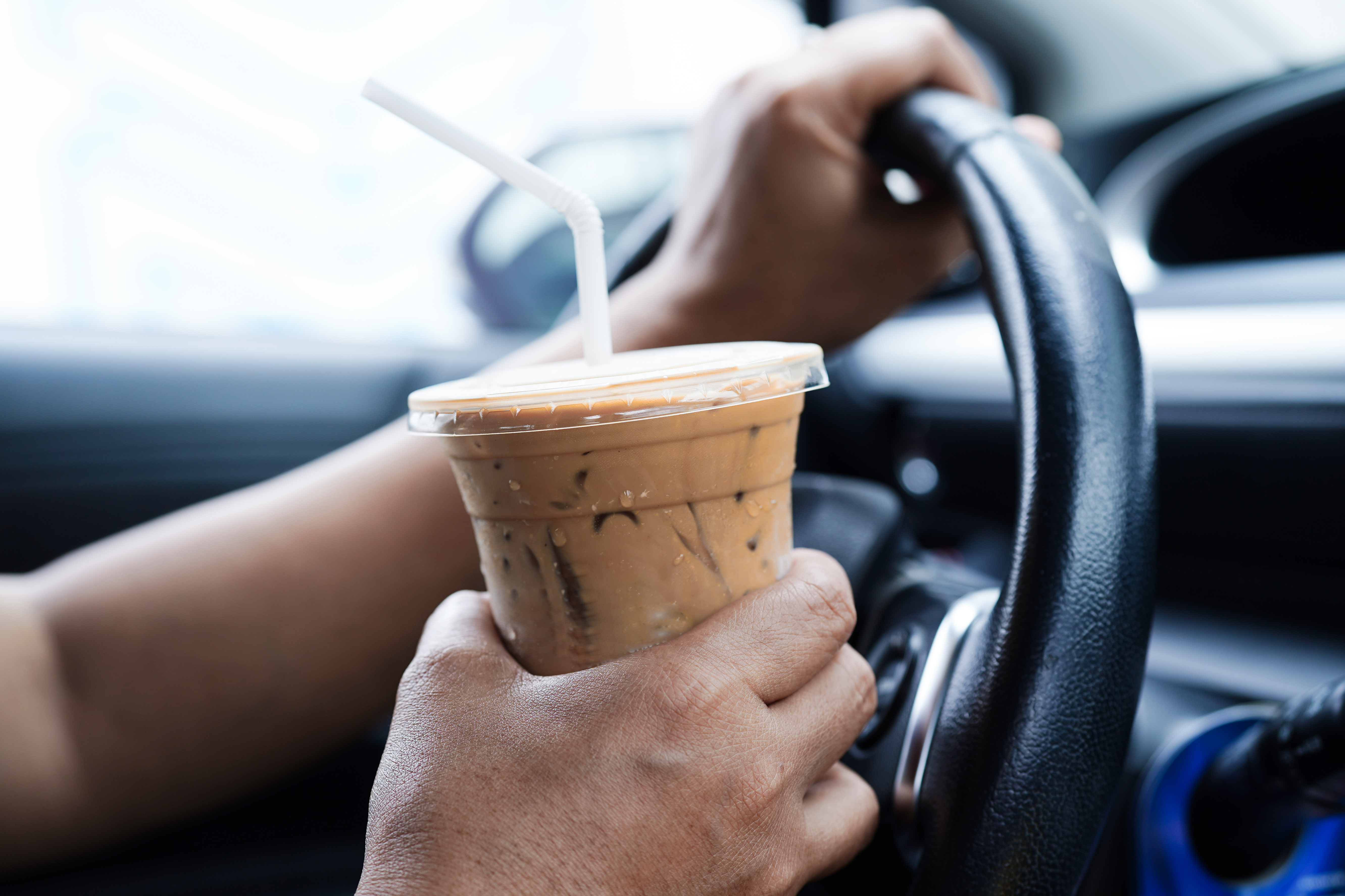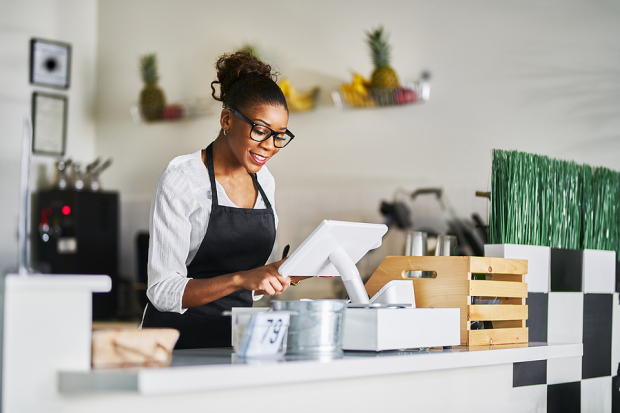
BROS
Dutch Bros Inc.
$56.68
3.25
(6.08%)
| Exchange: | |
| Market Cap: | 9.8B |
| Shares Outstanding: | 49.873M |
About The Company
| Sector: | Consumer Cyclical | |||||
| Industry: | Restaurants | |||||
| CEO: | Christine Barone | |||||
| Full Time Employees: | 18000 | |||||
| Address: |
|
|||||
| Website: | https://www.dutchbros.com |
Dutch Bros Inc., together with its subsidiaries, operates and franchises drive-thru shops in the United States. The company operates through Company-Operated Shops and Franchising and Other segments. It serves through company-operated shops and online channels under Dutch Bros; Dutch Bros Coffee; Dutch Bros Rebel; Dutch Bros; and Blue Rebel brands. Dutch Bros Inc. was founded in 1992 and is headquartered in Grants Pass, Oregon.
Click to read more…
Revenue Segmentation
EPS
Earnings Call
Income Statement
(* All numbers are in thousands)
Balance Sheet
(* All numbers are in thousands)
Cash Flow Statement
(* All numbers are in thousands)
Analyst Estimates
(* All numbers are in thousands)






